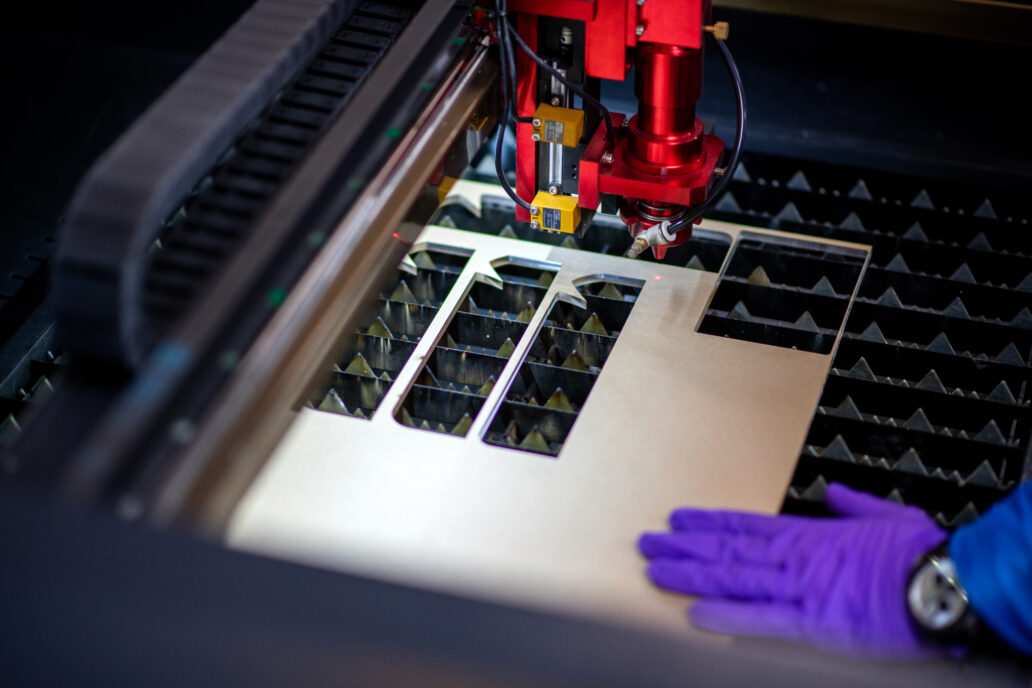A comprehensive medical device commercialization process divides the product development into distinct phases. Regardless of the phase your product is in, medical device supply chain strategies should be tailored to suit your specific needs. In this article, I will describe strategies useful for each product development phase.
For projects in Phase Zero (Product Definition), and most projects in Phase 1 (Proof-of-Concept), speed is paramount. Medical device supply chain strategies revolve around agility. An approved vendor list should be created to guide procurement. Select your suppliers based on their commodities, capabilities, prototype lines, ability to offer quick turnaround times, etc. Of course, you should also be very flexible because you never know when a complex project will require new suppliers very quickly.
Your purchasing department will need to work closely with 3D printing, hardware, and electronics distributors. Meanwhile, your Logistics team should ensure swift inbound and outbound shipments, so the project teams receive their components promptly, allowing them to respond rapidly to changing project needs.
As projects progress into the later stages of Phase 1 and throughout Phase 2, where the team prepares for the transition to manufacturing, speed remains vital, but quality and cost considerations come to the forefront. At this stage, your supply chain becomes an integral part of project teams, fostering collaboration between designers and suppliers. The Bill of Materials takes shape, critical components come into focus, lead times and material costs become clear.
By Phase 2, when the device is ready for manufacturing, all suppliers should undergo evaluation for their manufacturing capabilities, and Quality Agreements should be signed based on Quality Plans, with a costed Bill of Materials prepared.
In Phase 3, during the manufacturing stage, medical device supply chain strategies centers around cost-efficiency and top-notch quality. Material planning should place a strong emphasis on cost reduction, aligning with product forecasts. Purchasing collaborates with suppliers to secure bulk volumes and discounts. Quality agreements are signed with critical parts suppliers, and key performance indicators such as on-time delivery, supplier quality, inventory aging, and inventory turnover are established to support your medical device business objectives.
To support the commercialization phase, we developed a new supply chain strategy that involves a complete redesign of the project supply chain, aligning it with the device business strategy and product vision. During this process, our supply chain experts identify market leaders, comprehend value chains, discern supply and demand drivers, and monitor technological advancements to identify areas of opportunity and risk within the supply chain. This allows us to create a go-to-market solution tailored specifically to the individual medical device product. The results are often very useful for clients seeking funding or clarifying the expected costs and future valuation for prospective investors.
At StarFish, medical device supply chain strategies are an integral part of the development and commercialization process. We offer a comprehensive solution regardless of the stage of your product’s development. Our supply chain strategies evolve in sync with your project, ensuring efficiency and effectiveness throughout the product journey.
Vanessa Del Castillo Faria is the Supply Chain Manager at StarFish Medical. Vanessa has extensive experience working in the electronics industry and in a retail non-profit cooperative. She holds a Master`s degree in Global Management.
Images: StarFish Medical
Tackling Supply Chain Quality Challenges in low volume manufacturing

